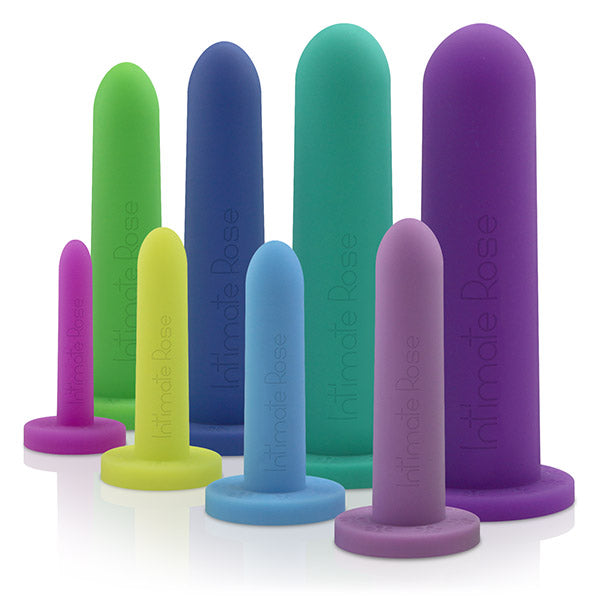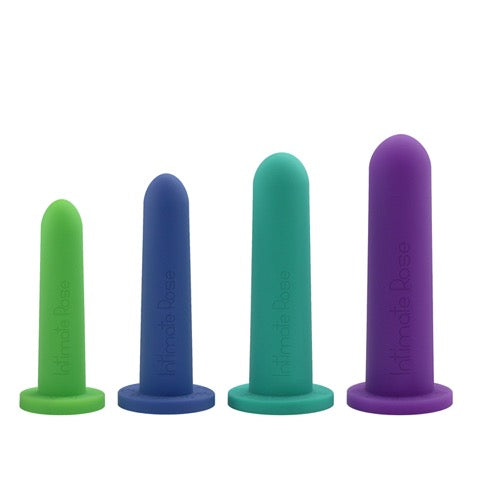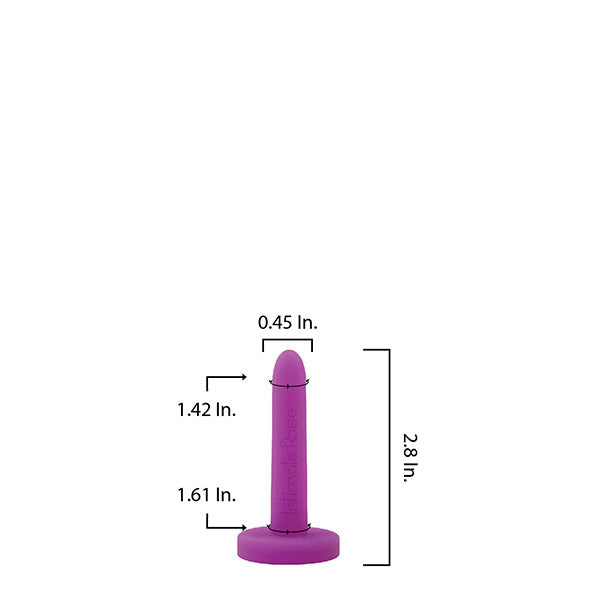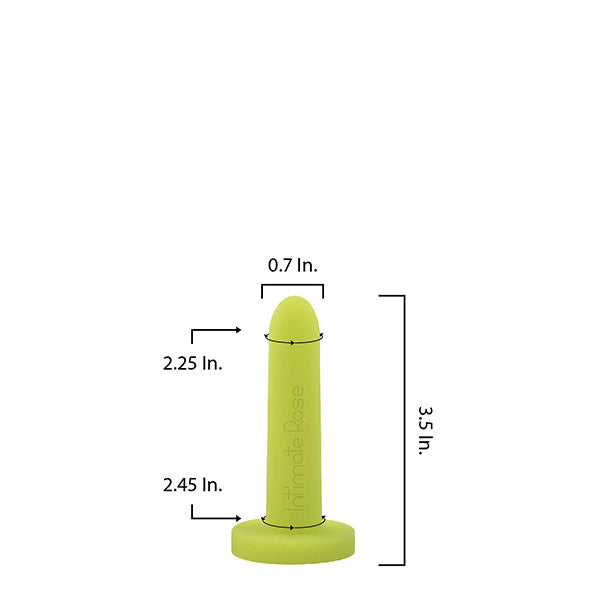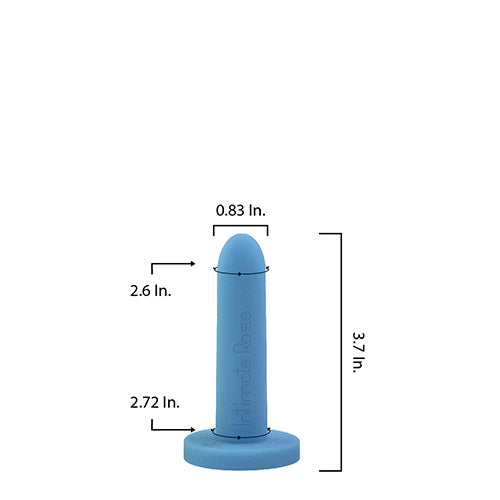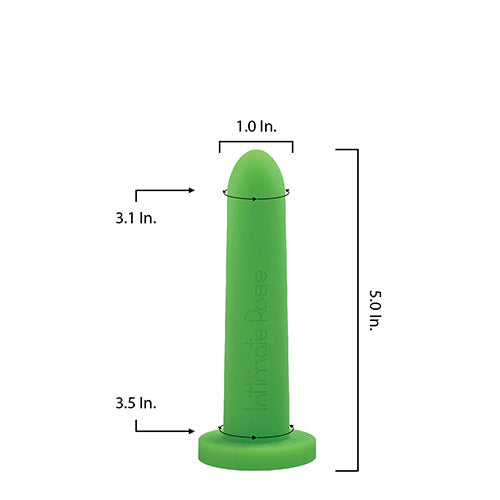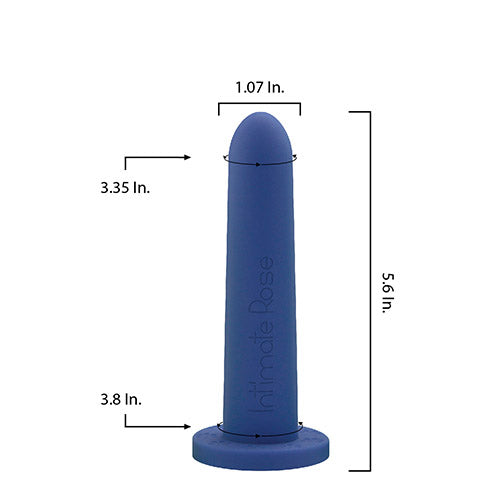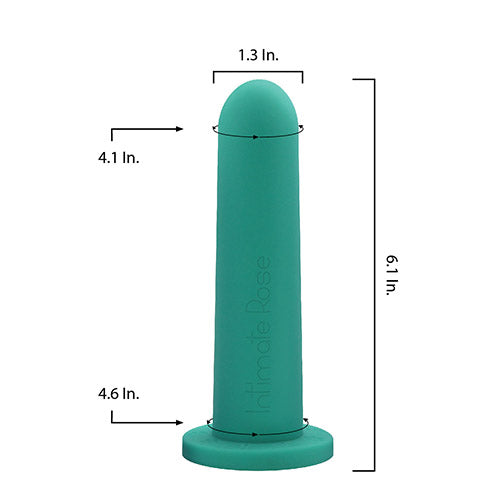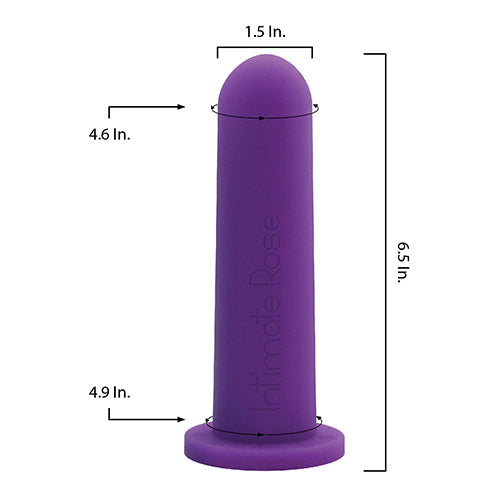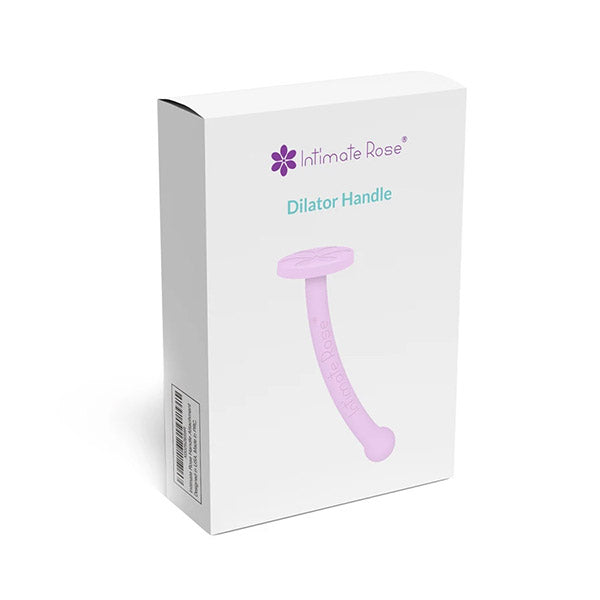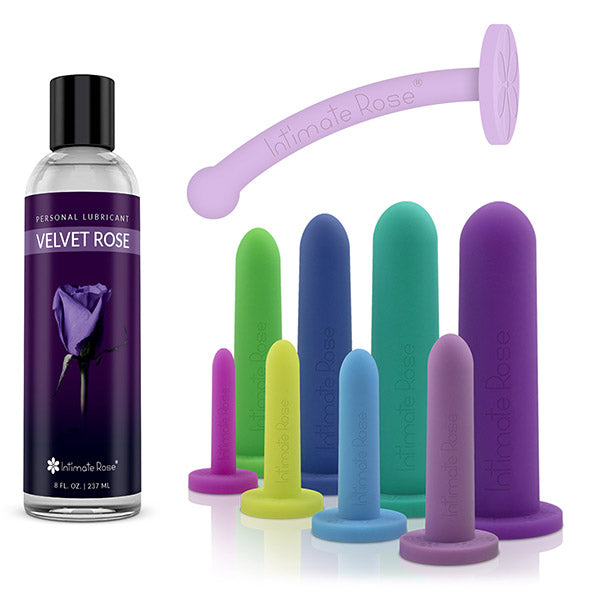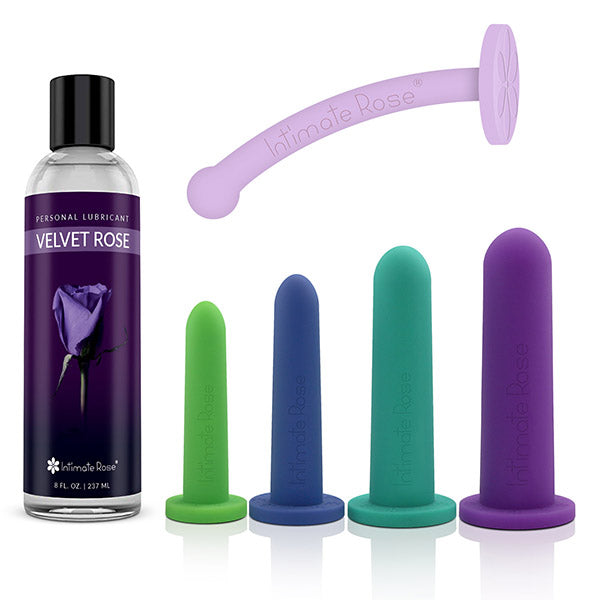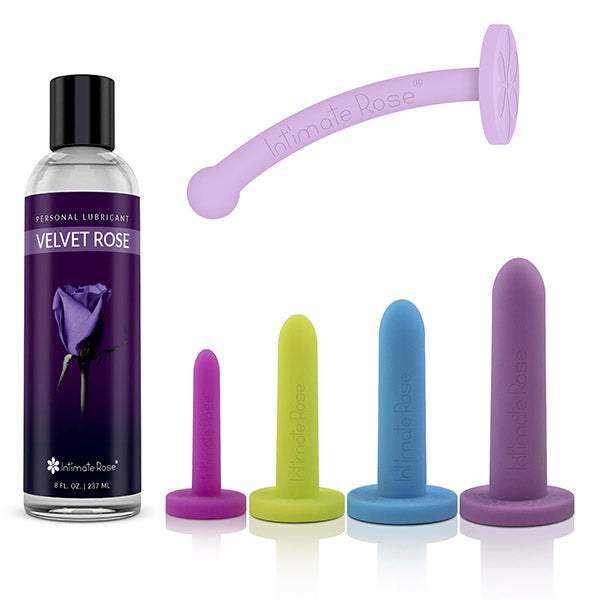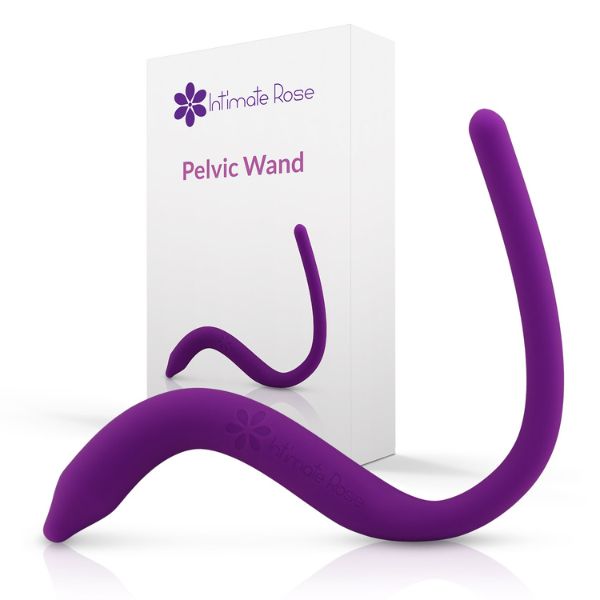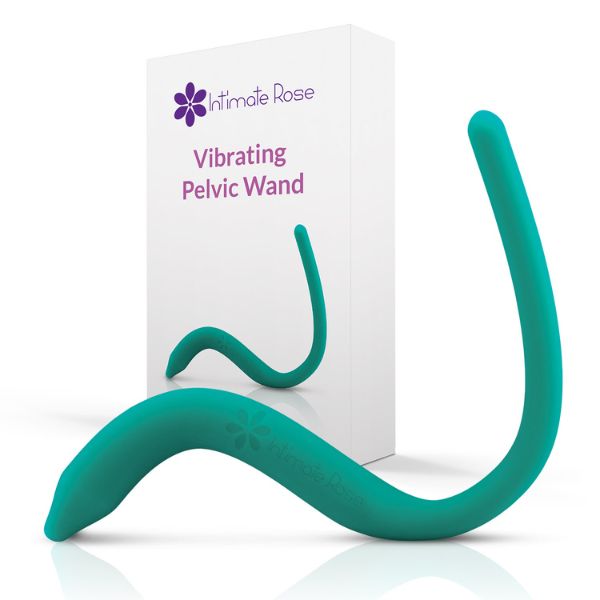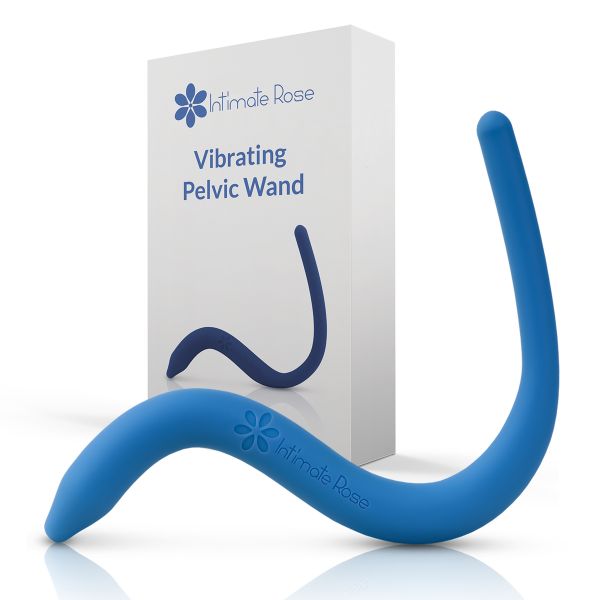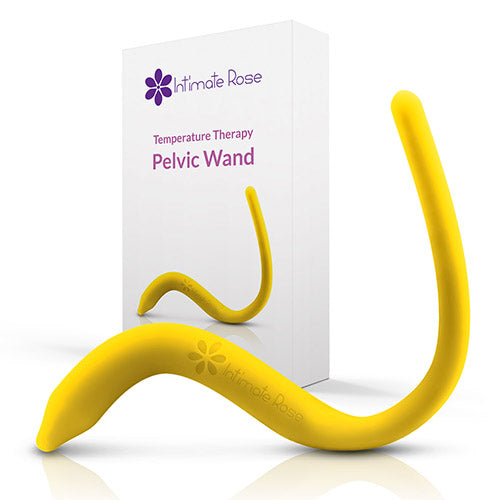Deep pelvic floor muscle tension, tender points, and trigger points are often the culprit of pelvic pain. Chronic clenching of the pelvic floor muscles, or habitual postures such as leg crossing, or tucking the tailbone under as commonly seen in ballet dancers, can all result in deep pelvic floor muscle tension.
The results of having deep pelvic floor muscle tightness is often dyspareunia (pain with sex), pain with urination, difficulty with bowel movements, a deep ache sensation in the lower abdomen or around the genitals, and difficulty sitting.
Pelvic Floor Trigger Points
Trigger points are defined as areas of muscle that are painful to the touch (palpation). They are characterized by the presence of taut bands or “knots” in the muscle and the generation of a referral pattern of pain.
Tender points are areas of tenderness occurring in the muscles, muscle-tendon junctions, bursa, or fat pads but can also arise from the presence of scar tissue in the vagina. They are commonly present in conditions of chronic pelvic pain including vaginismus, vestibulodynia, vulvodynia, coccygeus, proctalgia fugax, endometriosis, post-childbirth, and after pelvic surgery, such as a hysterectomy.
Common symptoms of pelvic floor muscles pain due to trigger points or tender points include:
- Achy sensations from deep inside the pelvis
- Burning or zinging sensations during intercourse
- Burning sensations while urinating without a bacterial infection
- Sexual pain with no known cause
- Inability to tolerate vaginal penetration for sex, medical exams or tampon use
- Pain in the tailbone (coccyx)
- Chronic constipation with an unknown cause
- Pain in the groin
- Pain around the bladder
Chronic Pelvic Floor Pain Due to Trigger Points
Chronic pelvic pain often creates difficulty with vaginal penetration due to pain in the pelvic floor muscles that may be provoked by penetration, or constant pain that prevents attempting intercourse. The pelvic floor muscles support the pelvic organs including the bladder, uterus, and bowel.
These muscles surround the vaginal opening, so women who experience vaginal pain during penetration often experience severe tightness of these muscles. Additionally, the presence of trigger points can contribute to issues of constipation due to restriction around the anus, or difficulty sitting due to pain with contact of the pelvic floor.

Image depicting the deep pelvic floor muscles Copyright Intimate Rose
The good news is that this condition is fixable. The exclusively patented Intimate Rose Pelvic Wand can be used as part of a robust pelvic therapy program including soft tissue mobilization independently using the wand, treatment from a pelvic physical therapist, biofeedback, and pelvic floor muscle relaxation training.
Retraining the muscles to relax takes time. Many women who experience chronic pelvic pain experienced abuse, rape, surgery, radiation, or a traumatic experience that preceded pelvic pain. For this reason, counseling may be beneficial while working on training the body.
Anxiety, stress, pain, and fear of pain often reinforce the symptoms of chronic pelvic pain. The process of healing involves learning to sense when the muscles spasm and training the brain to relax them prior to the contraction starting.

Tight? Start here!

Tight? Start here!
What is the Pelvic Floor?
The pelvic floor, or inner core, has become a popular topic of discussion among women, fitness instructors, medical providers and celebrities. The pelvic floor muscles are a group of three distinct layers of muscles at the base of the pelvic girdle.
They are not flat like the floor of a room is, though. At rest, they are domed downward. However, they are mobile and capable of squeezing inward and lifting upward in the pelvic cavity. The pelvic floor muscles consist of several muscles collectively.

Deep Layer Of The Pelvic Floor Muscles
The pelvic girdle includes two crescent-shaped pelvic bones. And these bones join at the front to form the pubic symphysis. Also, they join at the back on the triangle-shaped sacrum to form the sacroiliac joints. The coccyx, or tailbone, attaches to the base of the sacrum. Lastly, the ligaments secure each of the joints, which connect bone to bone.
However, for simplification and categorization, they are often referred to as the superficial urogenital muscles or superficial pelvic floor muscles, and the deep pelvic floor muscles or levator ani muscles. These muscles support the pelvic organs, rectum, uterus and bladder. The terminal openings of these organs pass through, and in females result in the three sphincteric openings of the anus, vagina and urethra.
Treatment of Deep Pelvic Floor Muscle Tension
Treatment for deep pelvic floor muscle tension includes relieving tender points, learning to relax the muscles, and using gentle exercises and good posture to restore blood flow to the pelvic area. The patented Intimate Rose Pelvic Wand allows you to release painful trigger points and tender points in the pelvic floor.
The unique ergonomic design allows you to reach the hard to reach muscles of the pelvic floor for relief. To decrease pelvic pain due to tender points, also referred to as trigger points, the keys to success are the consistent use of The Wand and the practice of pelvic floor muscle relaxation. Tender point release, coupled with relaxation techniques and focused attention on training the muscles will result in achieving your goals.
Your health care provider may have a unique training plan for you outside of the recommendations made here. Always consult with a health care provider before starting a new training plan.

How to Use the Intimate Rose Pelvic Wand
- Wash the wand with warm water and soap.
- Designate a place in your home that is safe, quiet and comfortable, such as your bed.
- Decide which end of the wand to use. The pointed end is beneficial for the deeper pelvic floor muscles, whereas the shorter rounded end is for the muscles near the entrance of the vagina and to address tender points in the rectum.
- Use a generous amount of water-based lubricant on the first 1 to 2 inches of the desired treatment end of the wand, as well as the opening of the vagina. The use of a water-based lubricant is important to preserve the medical grade silicone of the wand.
- Start by lying on your back with your knees bent and feet planted. Some people may prefer to lie on their side instead. If that’s the case, be sure to bend your knees and support your top leg with a folded pillow between your knees.
- Begin your session by breathing in and allowing your belly to expand, followed by exhaling, allowing your belly to slowly fall. The act of slowly exhaling helps to naturally relax the pelvic floor muscles. Repeat the deep breathing pattern, and continue to do so steadily and deliberately. Gently bring the wand to the opening of the vagina and carefully insert it on an exhale.
- Gently sweep the end of the wand until you encounter a tender point. When you find tender point, gently compress the end of the wand into the tender point with the same firmness you would use to check a tomato for ripeness. For example, don’t press so hard you squish your tomato.
- Maintain gentle pressure on the tender point and slowly move your bent knee left and right until you find a position that stops the pain in the pelvic floor muscle. When you find this position, remain there for 1 to 2 minutes to allow the tender point to fully release. Continue to breathe deeply.
- Repeat this process 1 or 2 times per day as needed.
Deep breathing for Pelvic Pain
Learning to breathe properly is an important part of healing pelvic and vaginal pain. Many people with pelvic pain breathe shallowly. By learning to breathe through the diaphragm, it is possible to improve overall circulation, reduce strain on the pelvic floor muscles, and reduce tension in the neck, head, and shoulders.
In order to breathe properly, practice the following exercise daily, coupled with use of the Intimate Rose Pelvic Wand. To begin, find a comfortable position lying down.
Often, it is helpful to put pillows or a bolster under the knees to reduce tension in the lower back. Place one hand on the chest bone and the other on the stomach. The goal during this breathing exercise is to keep the chest still but allow the stomach to rise and fall with the breath.

Breathe in slowly and deeply through the nose, allowing your stomach to gently rise, keeping the chest still. Exhale gently through the mouth, allowing the stomach to gently fall. Pay close attention to your stomach rising and falling as you breathe in through the nose and out through the mouth.
Continue to take nice, slow breaths as you allow all thoughts and disruptions to fade away. Visualize the tension in your body being released as your body relaxes.
Treating Dyspareunia (Pain With Penetration or Pain with Sex)
Pelvic pain due to trigger points is often associated with painful sexual intercourse. Many people have difficulty with penetration and benefit from the use of vaginal dilators, also referred to as vaginal trainers. Intimate Rose’s Vaginal Dilators are available in eight sizes to help you reach your goals.
These products can be used as part of a comprehensive program to treat pain with penetration.
Pelvic Wands

Use the wand as often as needed to relieve pelvic pain. For the general maintenance of your pelvic floor training, couple use of the Pelvic Wand with a 15-minute breathing and vaginal trainer practice up to 3 times per week for 3 to 4 weeks. Doing this will help set muscle memory in place. Your health care provider may also give you a specific maintenance plan, as well. You may find that once you have trained your body and no longer experience pain with vaginal penetration, you no longer need to practice with your trainer.
Trigger Point Wand for Pelvic Floor Pain: Quick Tips
- Clean The Pelvic Wand with warm water and soap before and after every use.
- Before every use, examine the wand for cracks in the medical grade silicone.
- Use the wand as directed by a health care provider or for 1 to 2 minutes on each tender point.
- Empty your bowel and bladder before each use.
- Only use a water-based lubricant.
- Consistency is key. Adding this training to your daily routine will give you the best results.
- Store the wand in a cool, dry place and never store it in extreme temperatures.
- Never share your wand with others.
- Consult with your health care provider for information on the most beneficial training techniques for your specific needs.
Additional Resources
There are many resources available for women experiencing vaginismus, including:
- Visit www.IntimateRose.com/Wand for educational videos and training tips from pelvic health expert who created the wand, Amanda Olson, DPT, PRPC.
- Email us at Support@IntimateRose.com with any questions you have.

Tight? Start here!




